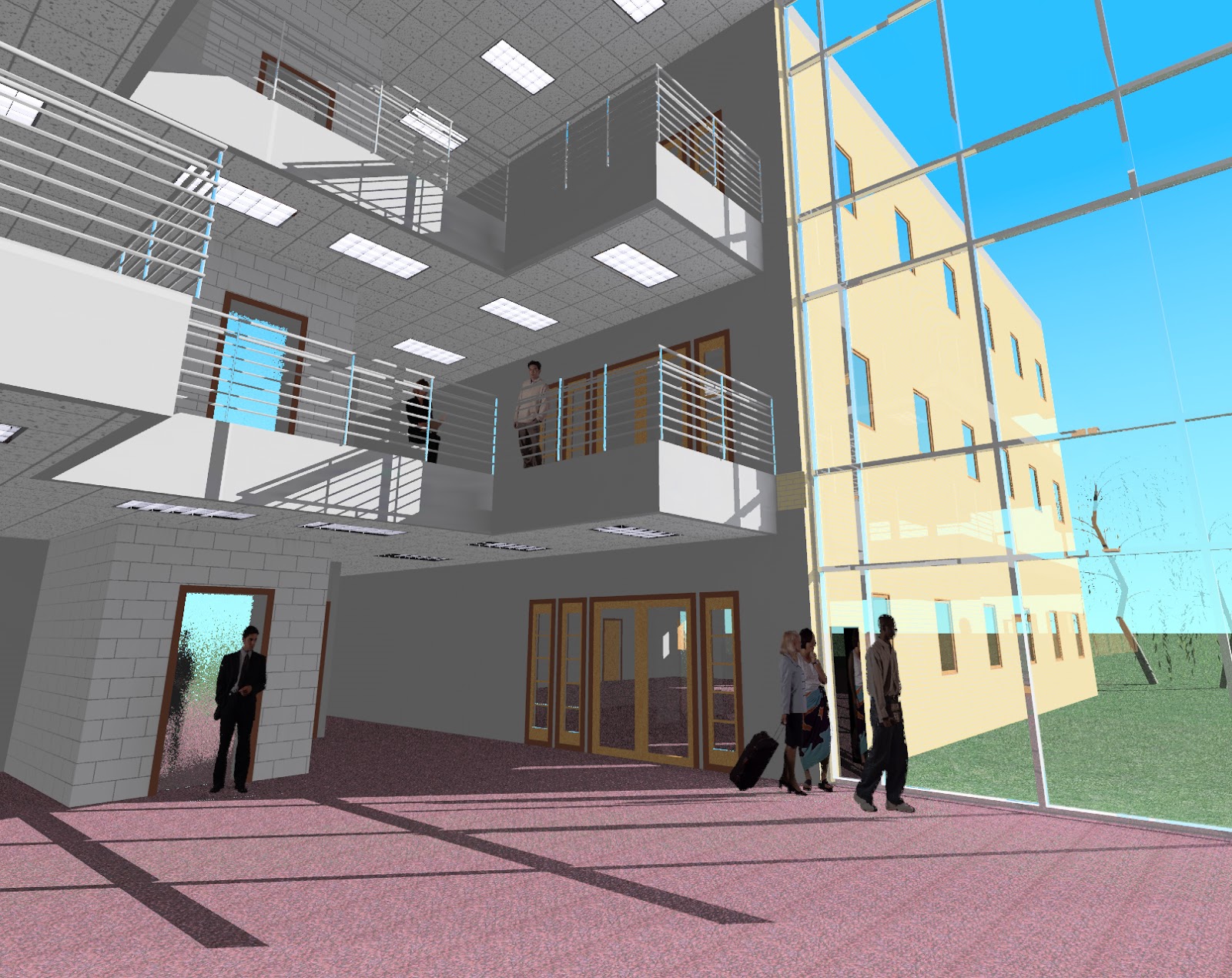
You can visit the site to learn more and sign up for a subscription. I am really excited about how this course turned out and I hope you will drop by and give it a look. Output and other tips: Output your renderings, create non-photorealistic renderings, create solar studies and more.

Walkthroughs: learn how to set up a Walkthrough, edit a Walkthrough and output a Walkthrough. Rendering: explores the render dialog in detail: quality presets, customizing, resolution, lighting settings, output settings. Lighting: covers inserting artificial lighting Families, understanding light fixture Families, manufacturer’s fixtures, lighting groups and other lighting tips. Location and Sun Settings: covers geographic location, sun settings, true north and the Sun Path tool. Materials: explores an overview of materials, material graphics, material appearance, creating custom textures and sharing materials between files. Modeling: covers approaches to modeling, Walls, Sweeps, imported geometry and modeling tips. Creating 3D Views: Understanding 3D views, creating axonometric views, creating camera views. Introduction and high level concepts: covering the basic rendering process and prerequisites.

An overview of the table of contents includes the following: This all new course at outlines the entire process from the creation of 3D views, to modeling and materials, lighting and generating a rendering. Revit Architecture Rendering at Īs promised the second of my two new courses: Revit Architecture Rendering, is now live! Revit Architecture like most Autodesk 3D products uses the Mental Ray rendering engine to create photorealistic renderings from 3D views directly in the software.


 0 kommentar(er)
0 kommentar(er)
